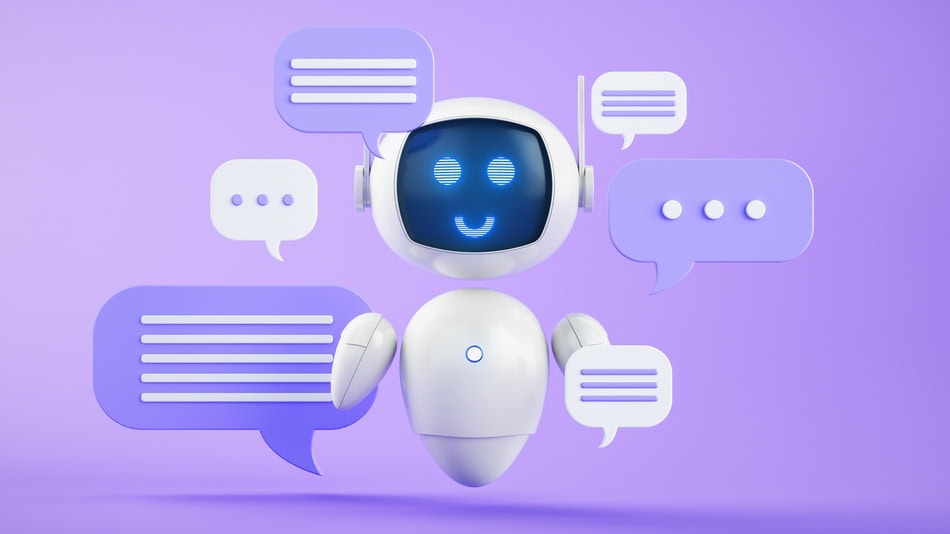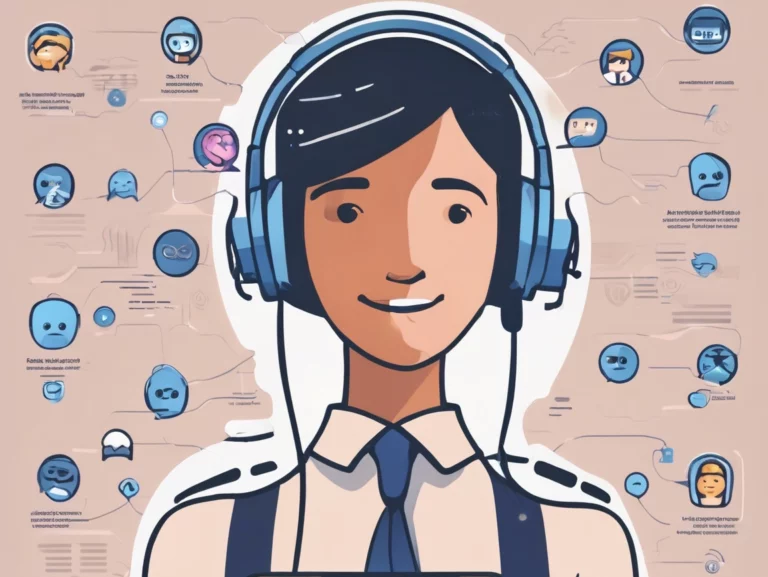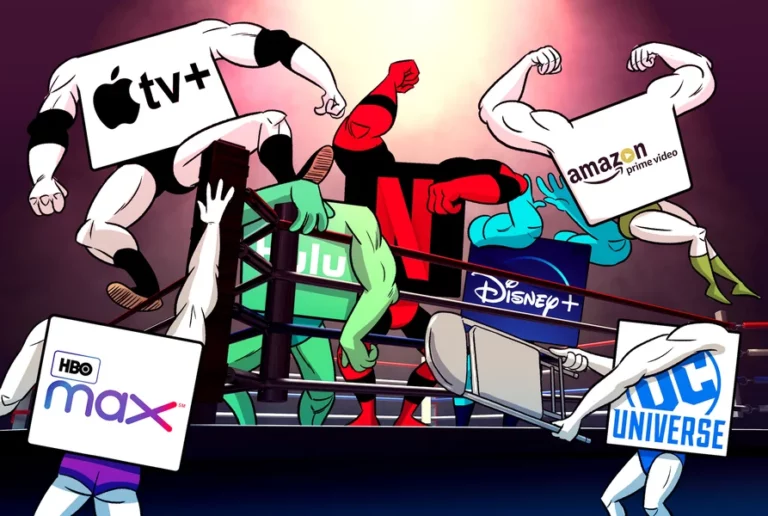Headline: The Rise of AI Chatbots: Transforming Communication and Work
Intro: AI chatbots have become a prominent force in technology and everyday interaction. From customer service to creative tasks, these intelligent systems are reshaping how humans and machines collaborate.
What happened
Recently, AI chatbots like OpenAI’s ChatGPT, Google’s Bard, and others have gained immense popularity for their ability to generate human-like text, respond in real-time, and handle an array of tasks. These developments mark a significant leap in natural language processing and machine learning technologies.
Why it matters
The rise of AI chatbots impacts numerous sectors including education, customer support, content creation, and even programming. Businesses are adopting these tools to increase efficiency and reduce costs, while individuals use them for quick answers and automated assistance. The technology is not without challenges, including ethical considerations and potential job disruptions.
Quotes and stats
According to a recent study by Gartner, 70% of customer interactions will involve some form of AI by 2025. Sundar Pichai, CEO of Alphabet, remarked, “AI chatbots are ushering in a new era of computing that prioritizes conversational and contextual understanding.”
What might happen next
Looking ahead, improvements in AI chatbot accuracy, contextual awareness, and emotional intelligence are expected. Integration into more everyday devices and software will likely continue, making AI chatbots an even more pervasive part of daily life.
Conclusion
The rise of AI chatbots underscores a broader digital transformation where human-machine collaboration is accelerating. While challenges remain, their growing influence points to a future where AI assists in ways previously imagined only in science fiction.








